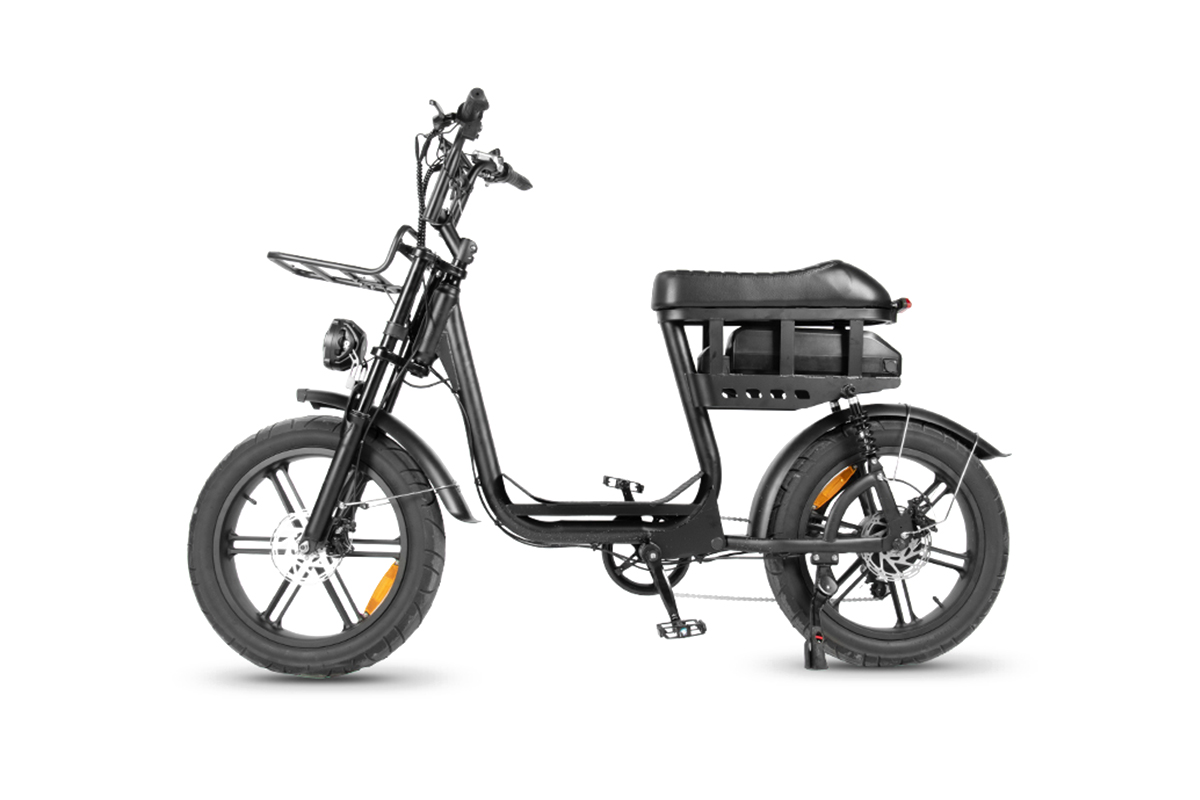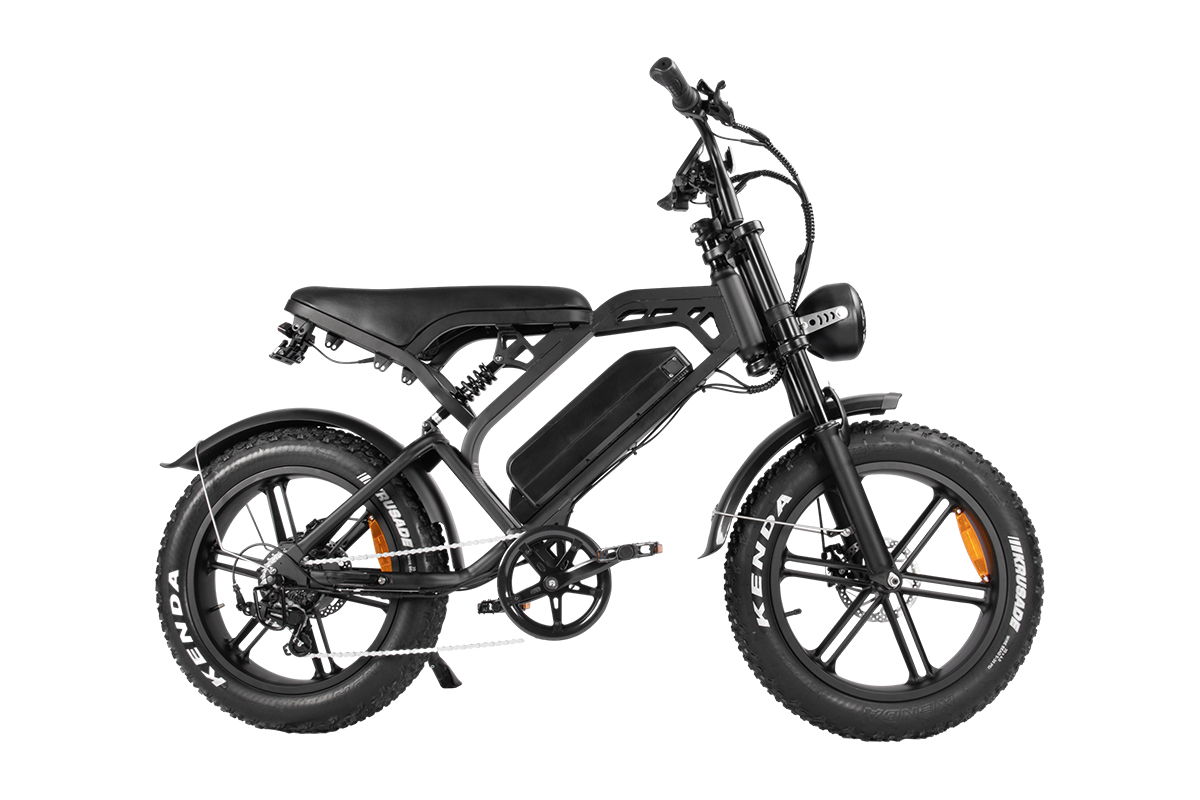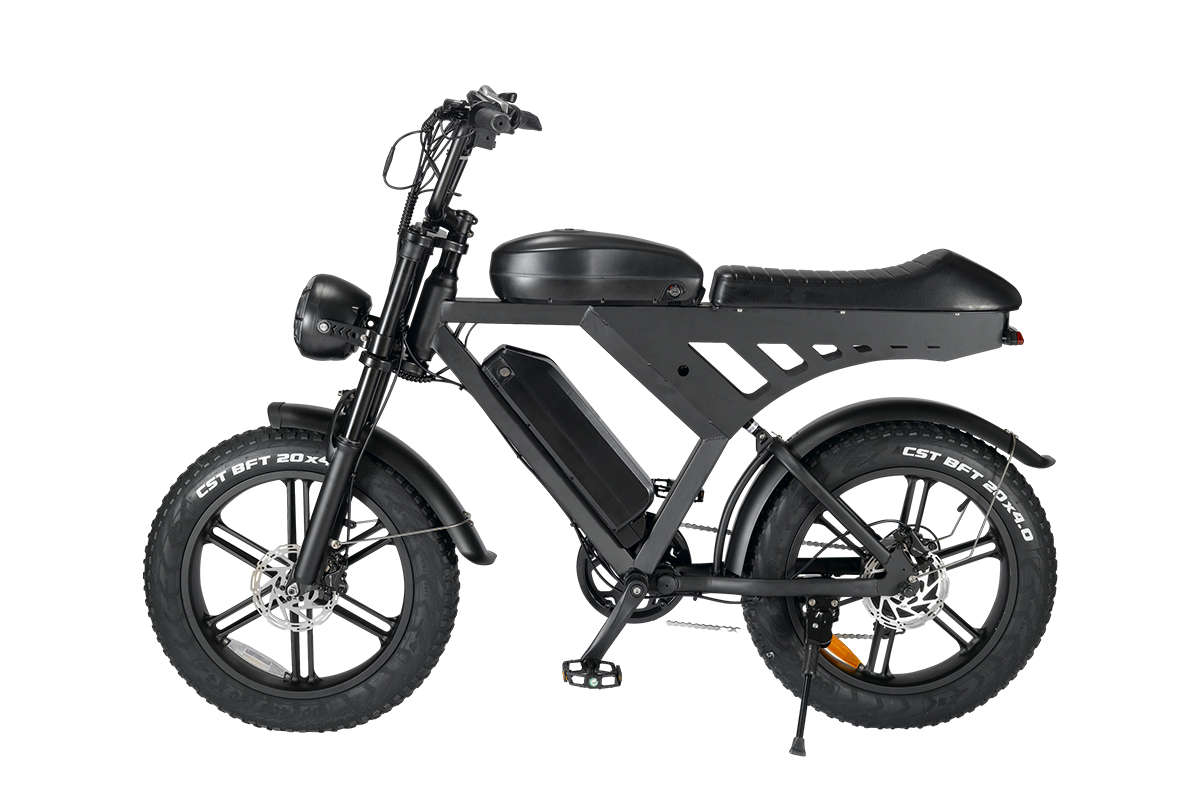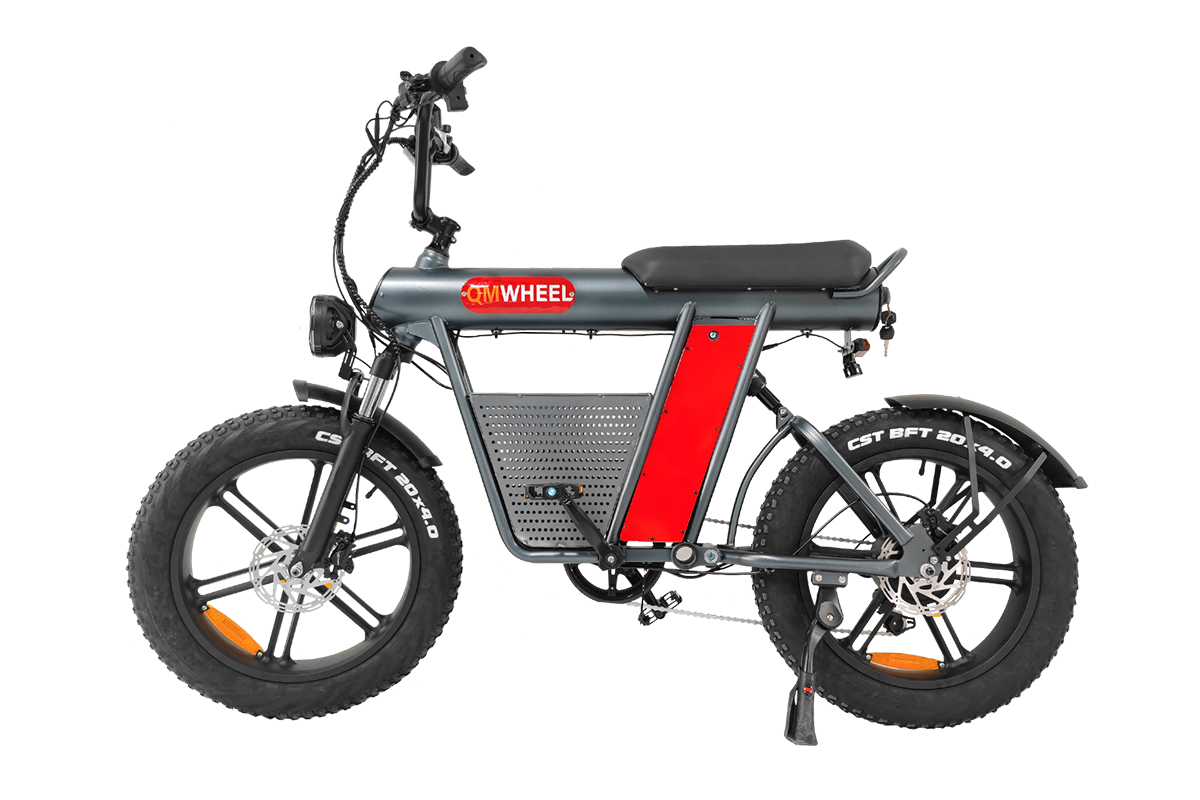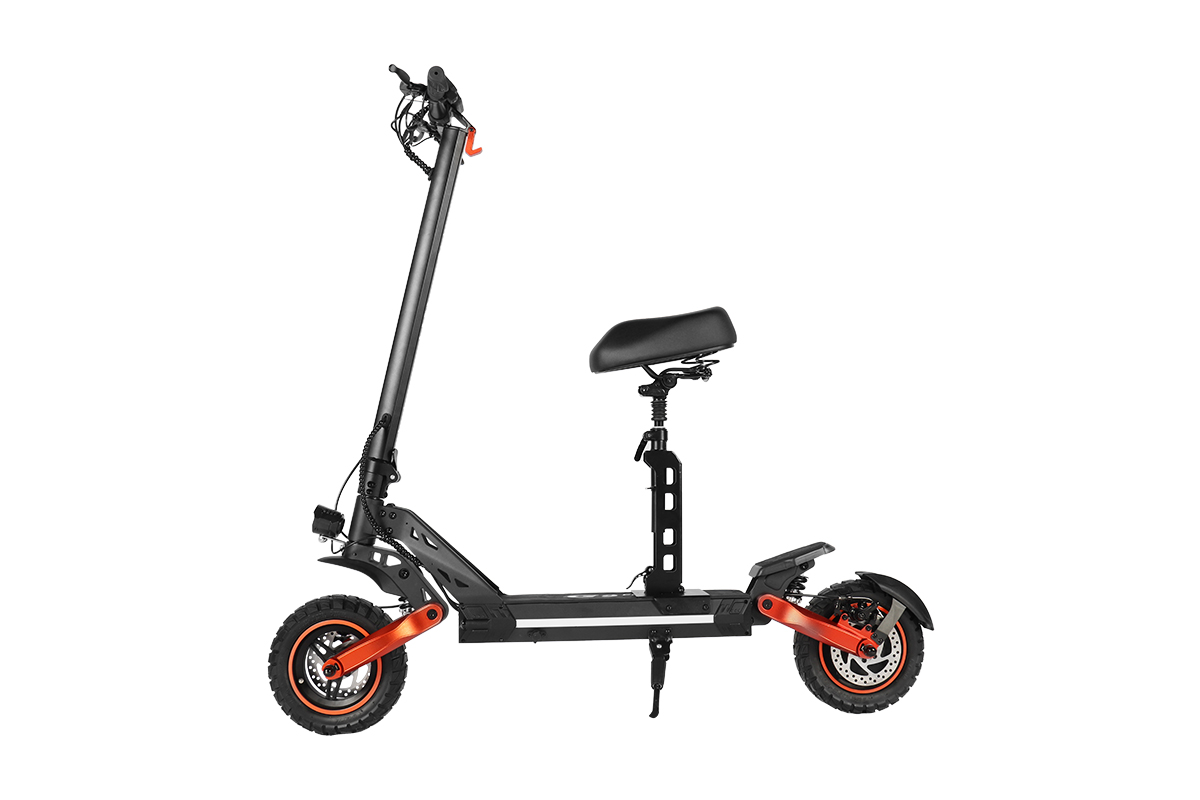An In-Depth Analysis of Electric Bicycle Technology
Electric bicycles, or e-bikes, have surged in popularity in recent years, revolutionizing personal transportation. This article delves into the technology behind e-bikes, providing an insightful look into what makes them a sustainable and efficient mode of transport. Understanding the components and mechanics of e-bikes not only highlights their benefits but also sheds light on their growing appeal.
Electric Motor
At the heart of an electric bicycle is the electric motor. There are two primary types of motors used in e-bikes: hub motors and mid-drive motors. Hub motors are located in the center of either the front or rear wheel, providing direct propulsion. Mid-drive motors, on the other hand, are located at the bike’s bottom bracket, where they drive the crank instead of the wheel, allowing for better weight distribution and more efficient power transfer. Hub motors are generally simpler and more affordable, while mid-drive motors offer superior performance and are often found in higher-end models.
Battery Technology
E-bikes are powered by rechargeable batteries, with lithium-ion batteries being the most common due to their high energy density and long lifespan. The capacity of an e-bike battery is measured in watt-hours (Wh), which indicates how much energy the battery can store. A higher Wh value means a longer range. Advances in battery technology have led to lighter, more compact batteries with faster charging times, enhancing the overall convenience and usability of e-bikes.
Controller System
The controller is the brain of an electric bicycle, managing the flow of power from the battery to the motor. It regulates the speed and torque based on the rider’s input and the selected assistance level. Controllers can also include features like regenerative braking, which allows the battery to recharge slightly when the brakes are applied, improving energy efficiency.
Pedal Assist and Throttle
Electric bicycles offer two main modes of operation: pedal assist and throttle. Pedal assist, or pedelec, mode engages the motor to provide power only when the rider is pedaling. This system often has multiple levels of assistance, allowing the rider to choose how much help they receive from the motor. Throttle mode, however, provides power at the twist of a handle or push of a button, allowing the rider to move without pedaling. Pedal assist is more common in e-bikes designed for longer commutes or fitness, while throttle mode is favored for short trips and recreational use.
Sensor Technology
Modern e-bikes are equipped with various sensors to enhance the riding experience. Cadence sensors detect if the rider is pedaling and at what rate, while torque sensors measure the force applied to the pedals, allowing for more responsive power assistance. These sensors ensure a smooth and intuitive ride, adjusting the motor’s output to match the rider’s efforts seamlessly.
Frame and Design
The design of an electric bicycle’s frame is crucial for balancing the additional weight of the motor and battery. Manufacturers use lightweight, durable materials like aluminum and carbon fiber to maintain a balance between strength and weight. The integration of electrical components into the frame design also plays a role in aesthetics and functionality, with many e-bikes featuring sleek, modern designs that conceal their electrical components.
Benefits of E-Bike Technology
The technology behind electric bicycles offers numerous benefits. E-bikes provide an eco-friendly alternative to traditional motor vehicles, reducing carbon emissions and traffic congestion. They offer a cost-effective mode of transport, with lower operating and maintenance costs compared to cars and motorcycles. Additionally, e-bikes make cycling accessible to a broader audience, including those with physical limitations or longer commutes.
Conclusion
Electric bicycles represent a fusion of traditional cycling and modern technology, offering a sustainable, efficient, and versatile transportation option. By understanding the intricacies of e-bike technology, from the motor and battery to the controller and sensors, we can appreciate the innovation and engineering that drive this rapidly growing industry. As battery technology continues to advance and e-bike designs become even more sophisticated, the future of personal transportation looks increasingly electric.

